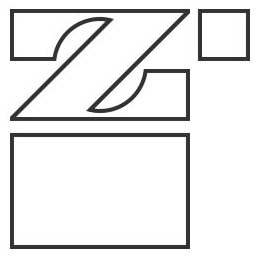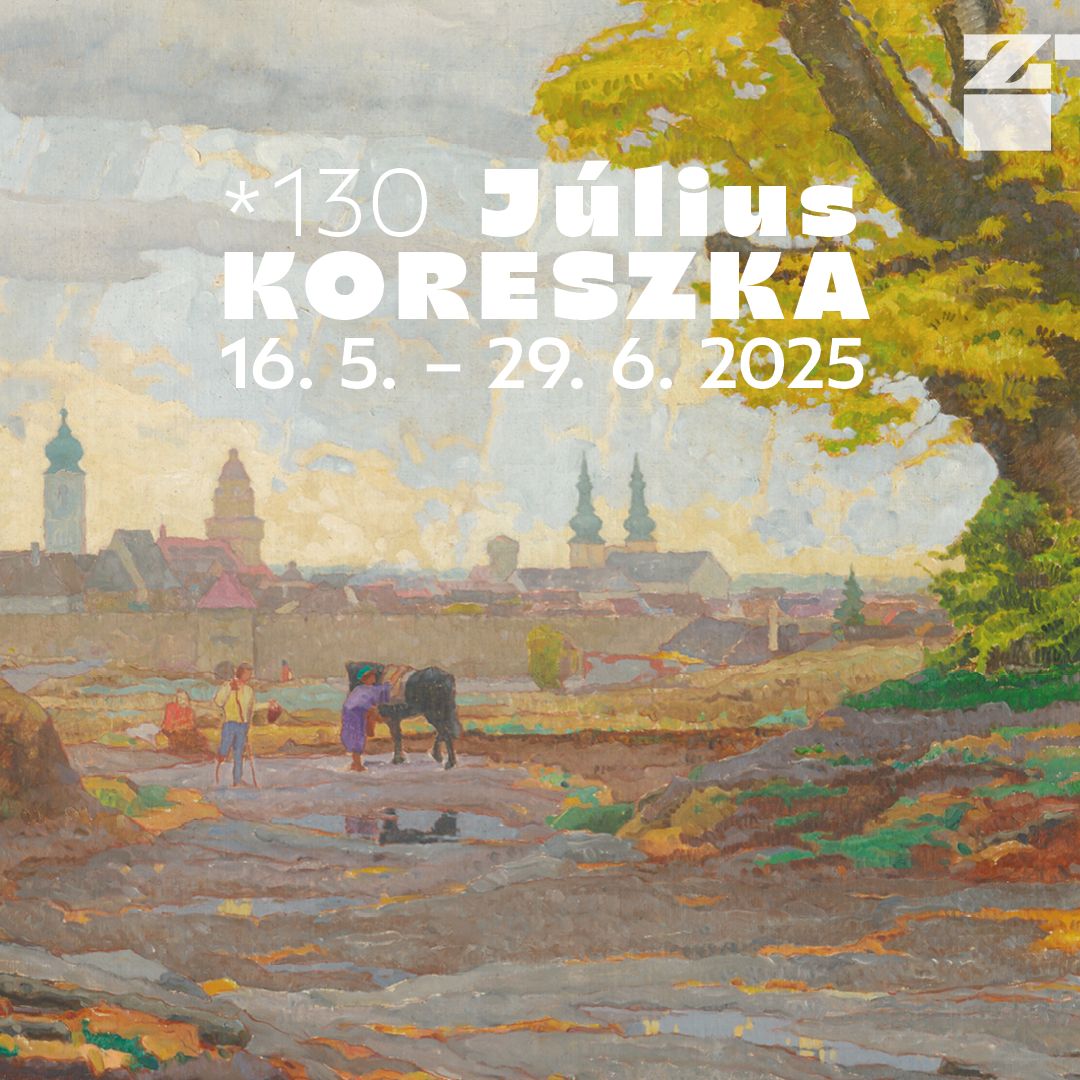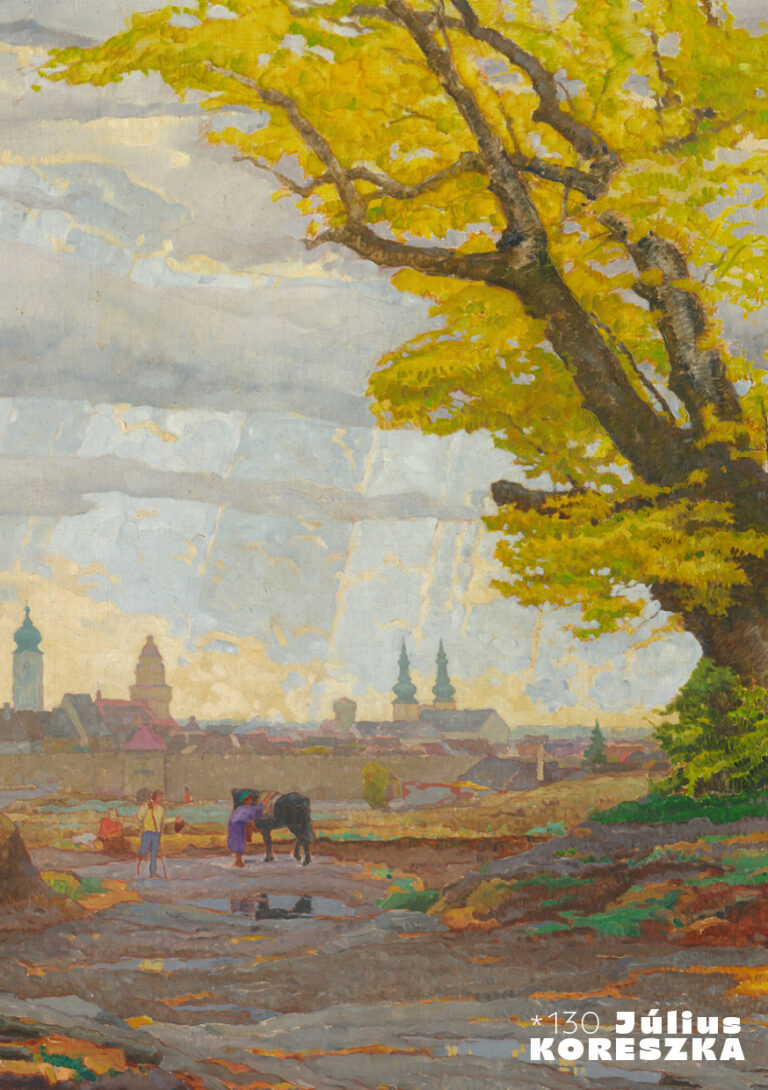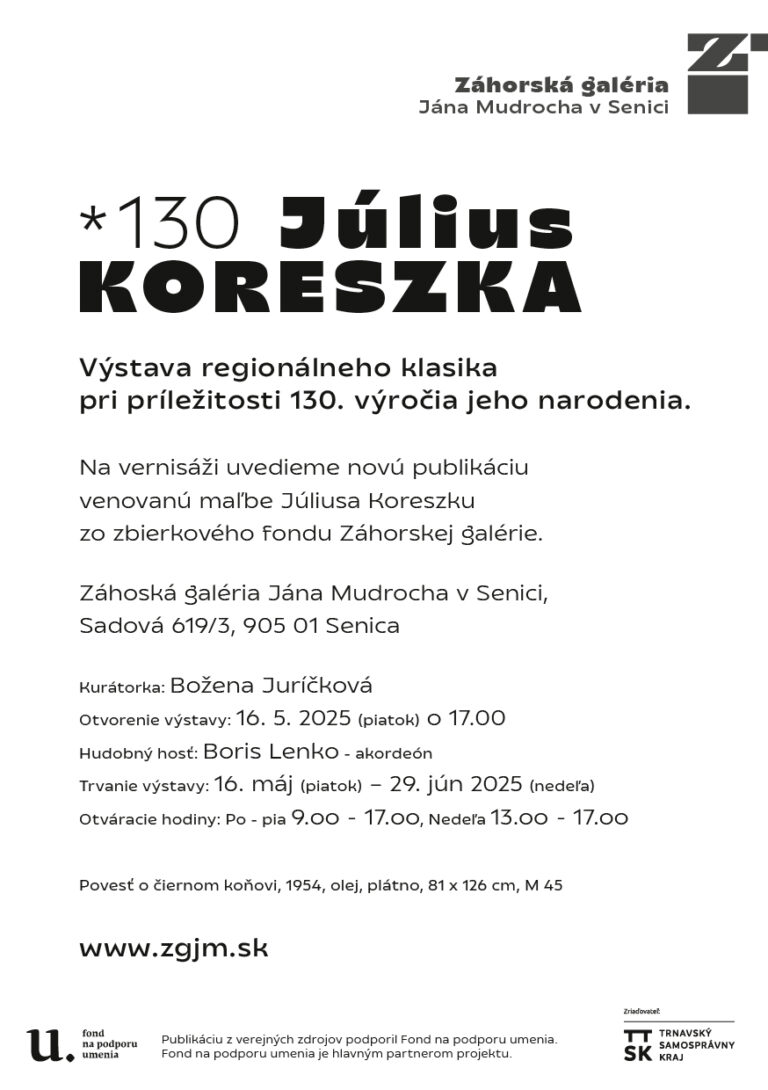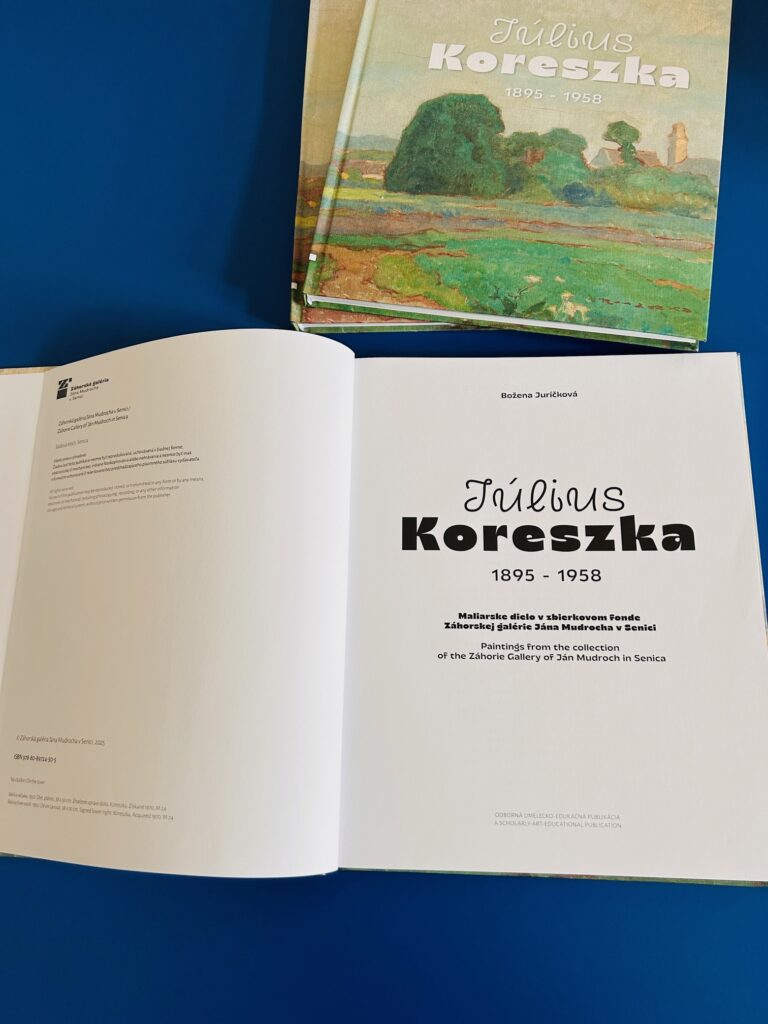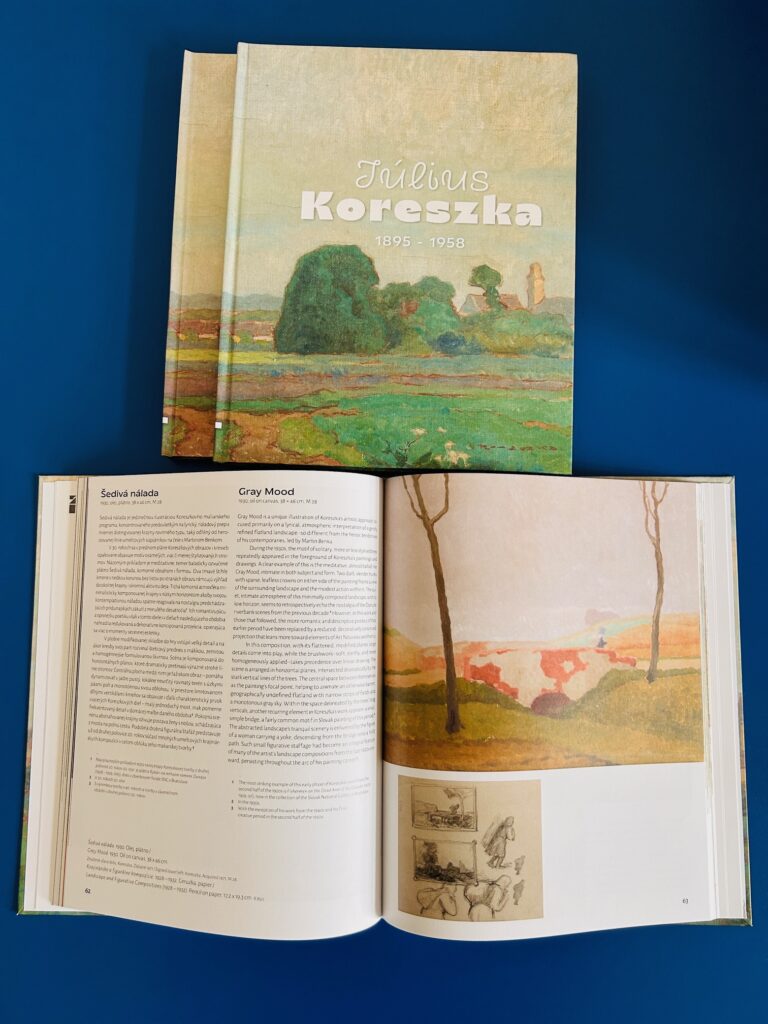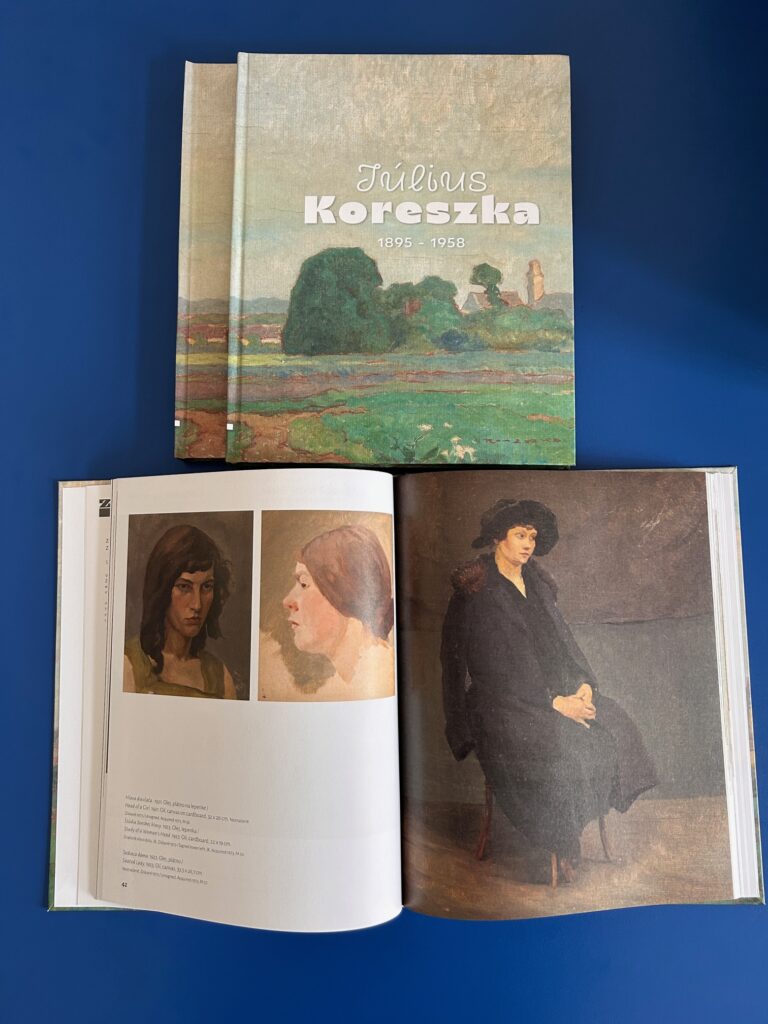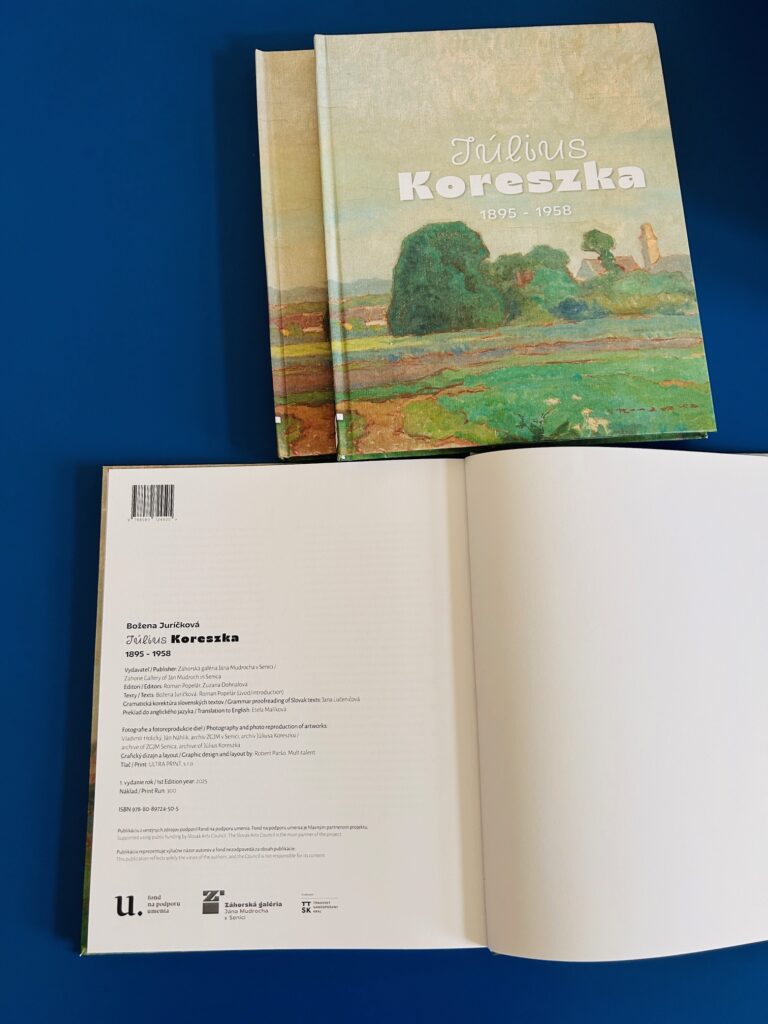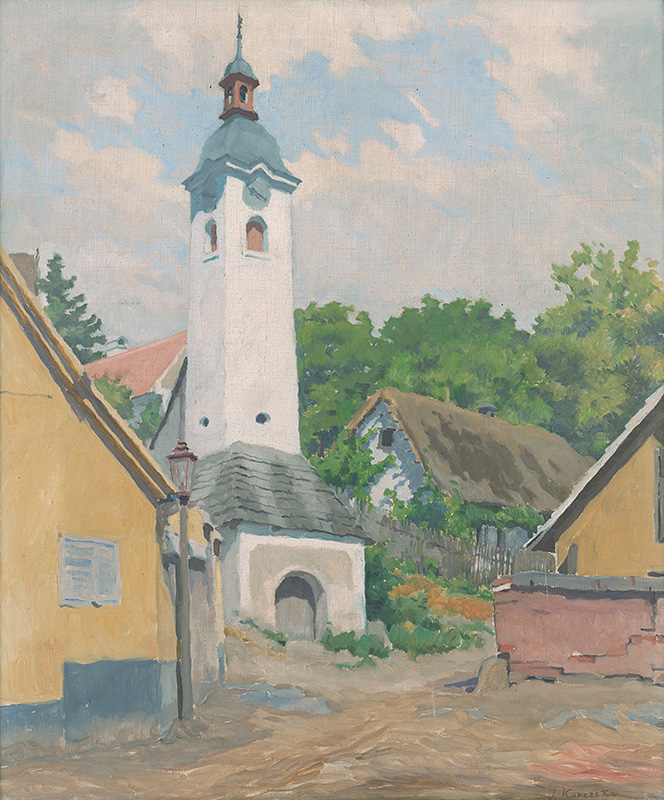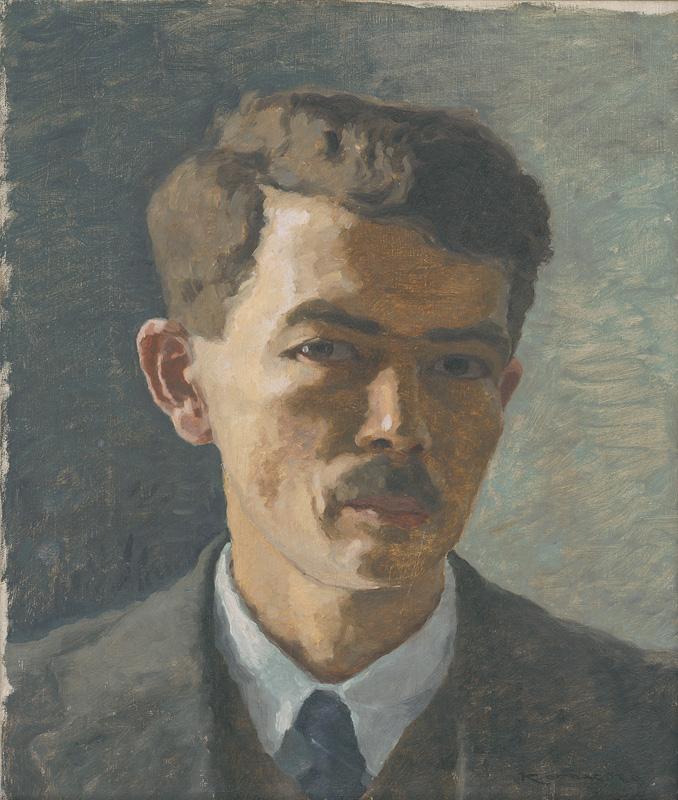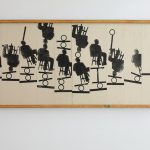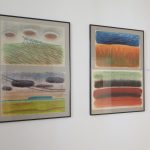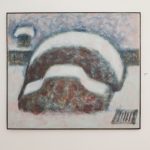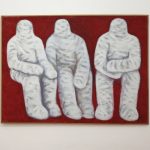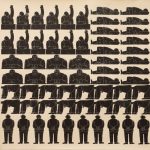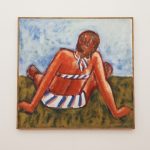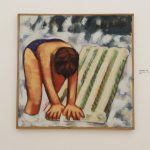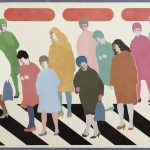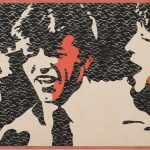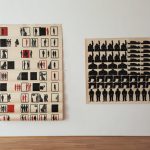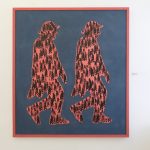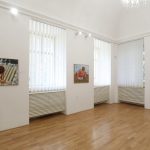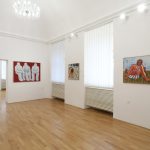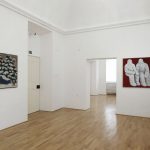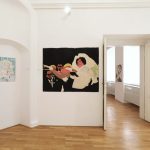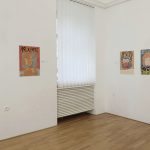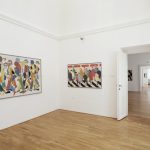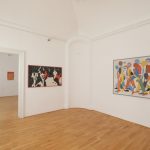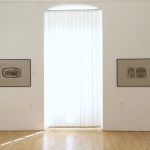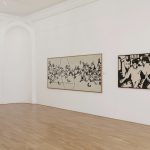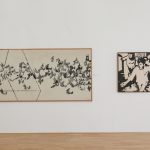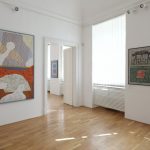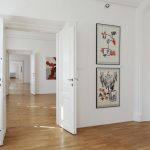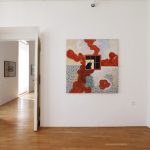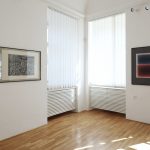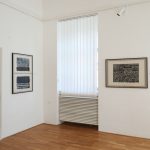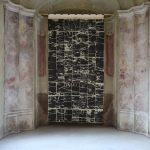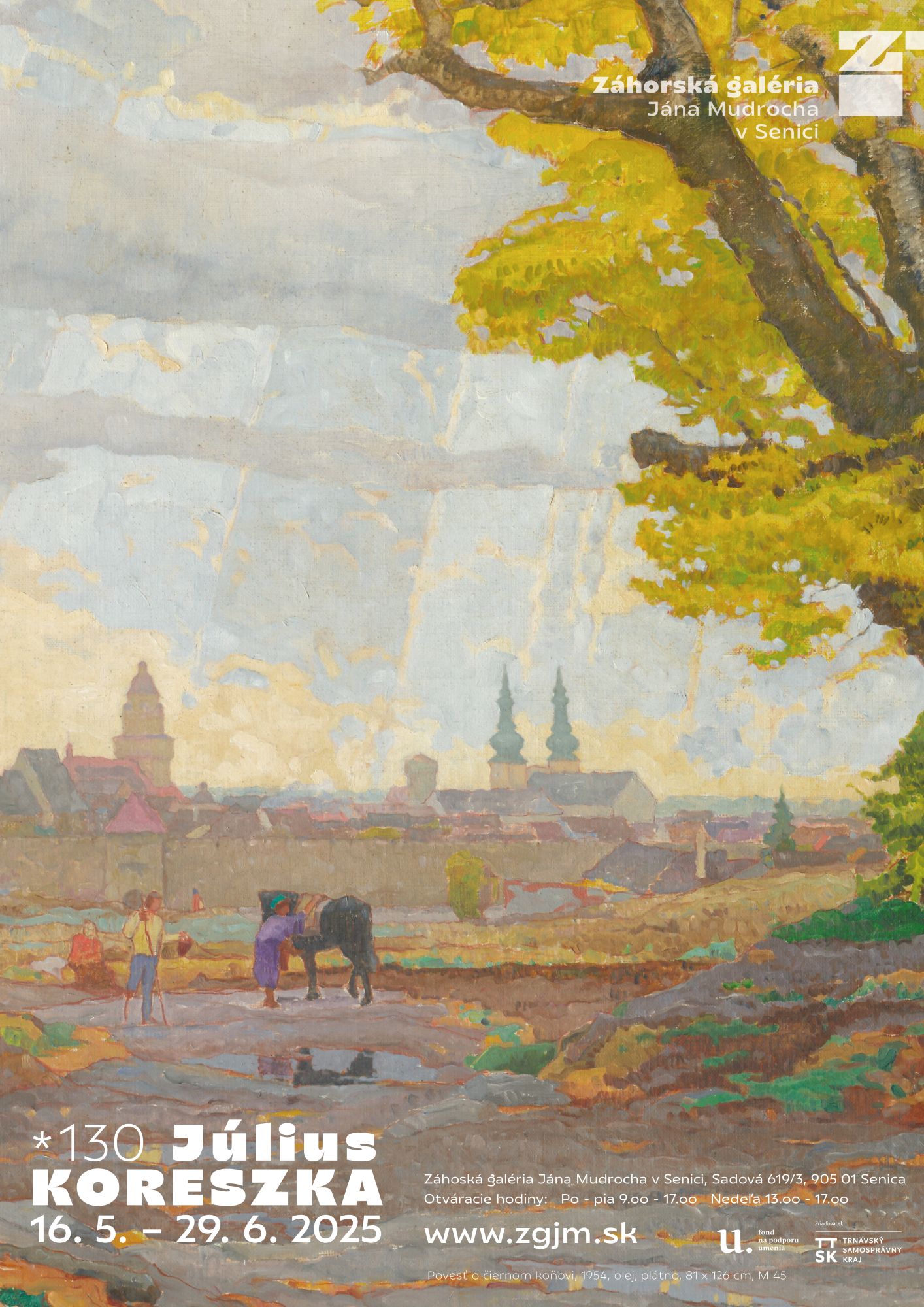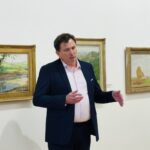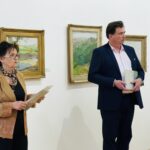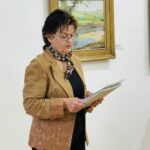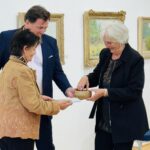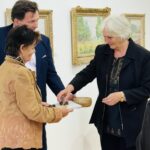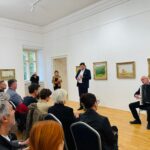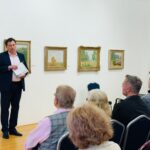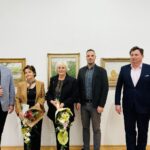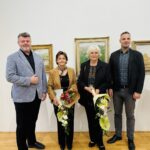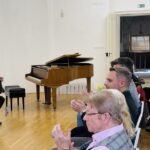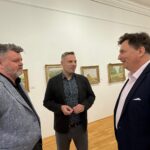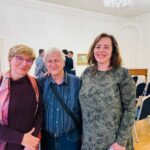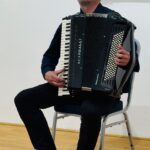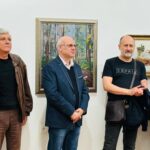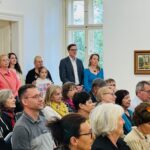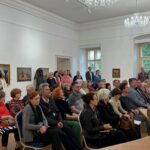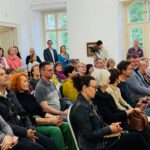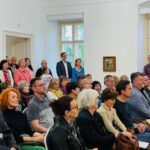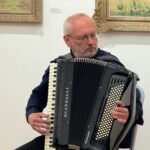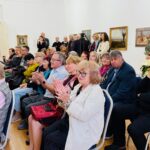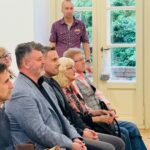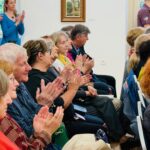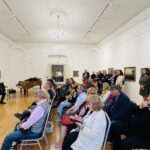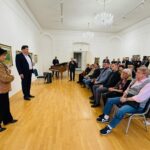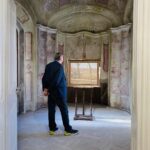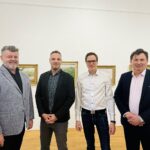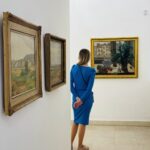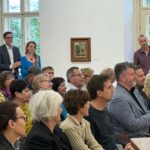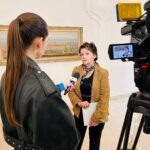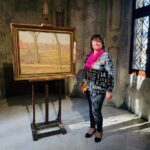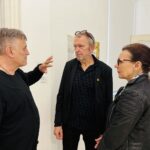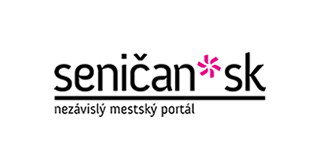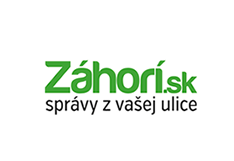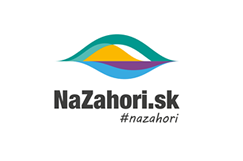Home › Exhibitions › Archive of exhibitions › 2025 › Július Koreszka
Július Koreszka
Július Koreszka
Exhibition of a major Slovak painter on the 130th anniversary of his birth and launch of a new publication
Author, Exhibition Title: Július Koreszka
Venue: Záhorie Gallery of Ján Mudroch in Senica, Sadová 619/3
Curator: Božena Juríčková
Exhibition Opening: May 16, 2025 (Friday) at 5:00 PM
Musical guest: Boris Lenko – accordion
Exhibition Duration: May 16 (Friday) – June 29, 2025 (Sunday)
The publication was supported using public funds from the Slovak Arts Council.
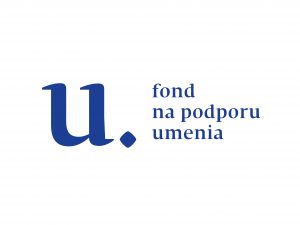
About the exhibition
In February of this year, we marked the 130th anniversary of the birth of painter Július Koreszka, an artist whose work is a lasting part of Slovak visual art from the first half of the 20th century. Koreszka was a contemporary of the founding generation, but unlike Martin Benka, who strove for a monumental style, he pursued a more personal and lyrical path, one that corresponded more closely with the Czech landscape tradition. His work is largely tied to the flat landscape of the northern Záhorie region, which he transformed—through a harmonious synthesis of emotional ties and a Secessionist-Impressionist painting style, blending plein air experience with studio composition—into a more intimate and poetic vision. This authentic approach, which he consistently followed throughout his more than thirty-year creative career, had no real equivalent on the Slovak scene at the time.
Július Koreszka was born on February 24, 1895, in the village of Dojč near Senica. In 1909, his family moved to Skalica. After finishing secondary school, he began studying at the Academy of Fine Arts in Budapest in 1914, but soon left for the front. As a direct participant in World War I, he witnessed events that marked him for life. He completed his formal art education only after the establishment of the First Czechoslovak Republic, studying from 1919 to 1924 at the Academy in Prague, in the figure painting studio of Professor Maximilián Pirner. After leaving Prague, he settled in Bratislava, where he lived until 1936, when—following the death of his first wife—he moved back to his parents’ home in Skalica. In this beloved town, he remarried and lived in seclusion and modesty for more than twenty years until his untimely death on December 1, 1958.
Koreszka had already begun to define his individual artistic approach during his studies in Prague and followed it in a steady, uninterrupted way throughout his career. Despite being trained in figure painting, he focused on more traditionally cultivated landscape themes, drawing not only from the contemporary Czech scene but also from the vibrant Uprka tradition, which was active in the nearby Hodonín-based SVUM group (notably Stanislav Lolek), where he was a frequent guest. Modernism and the current trends of contemporary European art, as he himself noted in his autobiography, remained distant to him. He consistently focused on the contemplative, meditative qualities of the landscape, with the exception of a brief interlude, and largely avoided narrative, social, or political themes. Beginning in the 1930s, he also turned to the genre of still life, first focusing on hunting-themed compositions in line with his passion for hunting, and later expanding to still lifes with objects and flowers. Koreszka’s landscapes are neither heroic nor dramatic, psychological nor expressive. They are sophisticated odes, lyrical painterly reflections of the genius loci of Skalica, perfectly capturing the personality of their creator—intimate, unconflicted, yet formulated with high precision, verified repeatedly, and carefully articulated in every centimeter of the canvas.
Július Koreszka’s work is represented in several public collections (primarily the Slovak National Gallery and the Bratislava City Gallery); many of his paintings also remain in private hands. The largest collection, however, is held by the Záhorie Gallery of Ján Mudroch in Senica, consisting of paintings and drawings from the artist’s estate. A substantial portion of this collection was acquired in the early 1970s by the Záhorie Museum in Skalica through a one-time purchase from Koreszka’s wife, Františka Koreszková, for the newly planned Záhorie Gallery in Senica. After the gallery was established in 1984, the Koreszka works were officially transferred to its collection. Since then, the gallery has continued expanding the collection, particularly in painting, which now includes 94 of the artist’s works. Alongside his numerous drawings (1,570 items), these pieces comprehensively document Koreszka’s artistic development and the phases of his continuously evolving yet prematurely concluded career. In addition to further acquisitions, the gallery also devotes attention to the technical care of the artist’s works, gradually undertaking professional restoration treatments.
To commemorate Koreszka’s recent anniversary, ZGJM has organized an exhibition drawn from its own collection of his paintings. In addition to works from the artist’s estate, the show will also feature paintings acquired after 1985 from various private collectors. The exhibition is accompanied by a publication that presents the gallery’s collection of Koreszka’s works.
Božena Juríčková
Curator, ZGJM
Ján Mudroch
Ján Mudroch
– narodil sa 28. marca 1909 v obci Sotina (dnes mestská časť Senice),
– bol najstarší zo siedmich súrodencov, štyroch chlapcov a troch dievčat,
– otec Pavol Mudroch bol pôvodne kožušník a z najstaršieho syna chcel mať úradníka,
– prvé zoznámenie sa s výtvarným umením absolvoval v roku 1926 v súkromnej maliarskej škole Gustáva Mallého v Bratislave,
– v rokoch 1930 – 1931 študoval na Umeleckopriemyselnej škole v Prahe na vlastné náklady, bez finančnej podpory rodičov, u profesora Arnošta Hofbauera,
– v rokoch 1931 – 1937 študoval na Akadémii výtvarných umení u profesora Willyho Nowaka,
– v roku 1932 sa oženil s Helenou Hajdušíkovou,
– po skončení štúdií v Prahe sa vrátil na Slovensko do Šurian, kde sa medzičasom presťahovala jeho rodina a pedagogicky tam pôsobila i jeho manželka,
– po okupácii Šurian v roku 1938 natrvalo zakotvil v Bratislave, kde pedagogicky pôsobil na rôznych umeleckých školách,
– 1938 – pôsobenie v Bratislave na Škole umeleckých remesiel
– v roku 1939 začal pedagogicky pôsobiť na novoutvorenom Oddelení kreslenia a maľovania Slovenskej vysokej školy technickej; o dva roky neskôr (1941) však pre svoj pokrokový a protifašistický postoj musel post opustiť. Na protest s ním odišli zo školy študenti – neskôr významní maliari – O. Dubay, V. Chmel, E. Semian, J. Šturdík, J. Novák.
– v roku 1945, na konci vojny počas prechodu frontu, sa usídlil v Senici, kde bolo pri bombardovaní mesta zničených niekoľko stoviek jeho obrazov,
– po skončení vojny naplno rozvinul rozsiahle spoločenské a kultúrno-organizačné aktivity: podieľal sa na založení výtvarného združenia s názvom Skupina 29. augusta (1945), organizoval výstavy, inicioval založenie odborného časopisu Kultúrny život, stal sa predsedom výtvarného spolku Umelecká beseda slovenská (1947), pripravoval založenie Slovenskej národnej galérie (1948) aj Slovenskej filharmónie (1949),
– v roku 1949 sa stal jedným zo zakladateľov novovzniknutej Vysokej školy výtvarných umení v Bratislave a zároveň jej prvým rektorom (1949 – 1952),
– do roku 1968 viedol Oddelenie portrétneho a kompozičného maliarstva na VŠVU v Bratislave,
– Senicu naposledy navštívil s manželkou Helenou v roku 1966, dva roky pred smrťou,
– zomrel 4. februára 1968 po krátkej chorobe v Bratislave, kde je aj pochovaný.
Ján Mudroch bol jedným z najvýraznejších predstaviteľov generácie umelcov nazývaných podľa roku narodenia – Generácia 1909. Jeho tvorbu definuje nikdy nekončiaci zápas o hľadanie novej formy, nového aktuálneho maliarskeho názoru, ktorý ťaží predovšetkým z hry farby a svetla, z princípov kolorizmu a v celkovej koncepcii z charakteristického poetického kánonu. Za svoju umeleckú tvorbu získal niekoľko ocenení, v roku 1963 titul zaslúžilý umelec a v roku 1968 bol vymenovaný za národného umelca in memoriam.
Peter Decheť: Powered by Power, 2020, olej na plátne, 75 x 100 cm
O autorke
Ohlasy v médiách
Download
Opening
Teraz.sk, TASR, 11. apríla 2023 9:11
Záhorská galéria sprístupní výstavu Kresby Jána Mudrocha
Záhorí.sk, KamVen, 5. apríla 2023:
Kresby Jána Mudrocha /Záhorská galéria v Senici
NaZáhorí.sk, Angelika Kmecová, 13. apríla 2023
V Záhorskej galérii dnes začínajú výstavy Akvizície a Kresby Jána Mudrocha
Správy RTVS z regiónov, piatok 14.04.2023 17:10
Príspevok od 11:30:
Dominika Kusá: Kresby Jána Mudrocha
RTVS.sk, Správy RTVS, piatok 14.04.2023 19:00
Príspevok od 47:55:
Dominika Kusá: V Senici sprístupnili kresby J. Mudrocha
RTVS, Kultúra SK, Nedeľa 16.04.2023 18:00
Príspevok od 24:00:
Pozvánka Kresby Jána Mudrocha
